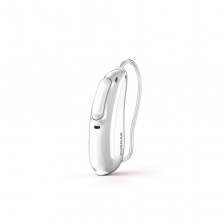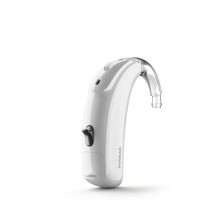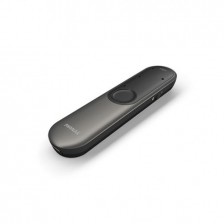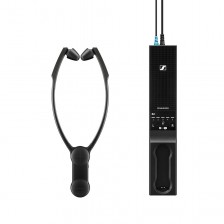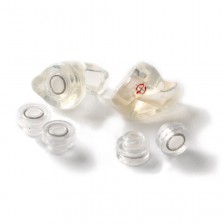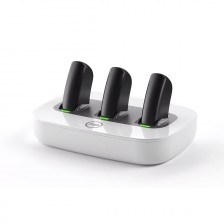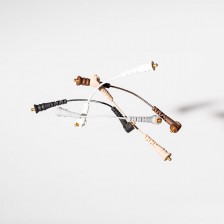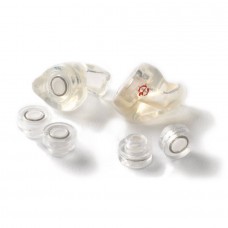What degree of hearing loss do I have?


Hypoacusis (hearing loss) is a more common sensory disorder than we think. The WHO estimates that more than 5% of the world's population (about 430 million people) suffer from disabling hearing loss and require rehabilitation.
Not all deafness is the same, each person has a degree and type of hearing loss and this is reflected in tonal audiometry. Furthermore, depending on the level of each person's cognitive ability, the same hearing loss can create more difficulty in one person than in another, affecting speech understanding, carrying out a verbal audiometry we can observe what the impact is in this sense. This time we are going to be talking about the degrees of hearing loss so that you know how to identify it when viewing your audiometry.
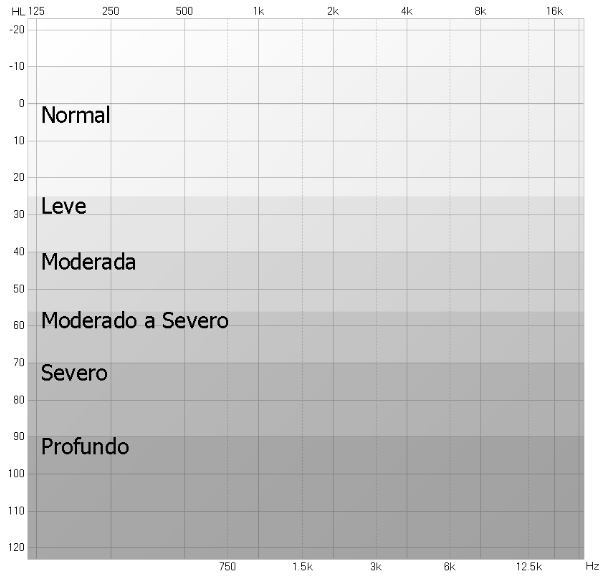
A normal hearing
Normal hearing is found 25 dB down. A person with healthy hearing should be able to naturally hear and interpret environmental sounds, speech and language.
Mild hearing loss
Mild hearing loss is between 25 dB to 40 dB. This level of hearing loss prevents hearing soft sounds such as speech in noisy situations, distant voices, whispers, the noise of an air conditioner operating or the sound of a pencil writing on paper. When we are faced with a slight loss, articulatory difficulties can be noticed in speech and especially at ages of language acquisition.
Moderate/moderate to severe hearing loss
The ranges in which a moderate hearing loss is found are the following:
- First degree: 40 - 55 dB
- Second grade: 56 - 70 dB
For example, a vacuum cleaner sounds at about 70 dB volume. A person with this degree of hearing loss has great difficulty understanding a conversation at a normal speech volume. From this level of hearing loss and especially in the learning stages, difficulties in articulating correctly, delay in language and lack of concentration can begin to be observed.
Severe hearing loss
Severe hearing loss falls into these categories:
- First degree: 71 - 80 dB
- Second grade: 81 - 90 dB
To give us an idea, a car horn sounds at 90 dB and a street with heavy traffic sounds at 80 dB. The person who suffers from severe hearing loss is unable to understand a voice at a normal volume but reacts to loud noises. In the learning stages, speech is practically non-existent and there is no control of one's own voice.
Deep hearing loss
The degrees of profound hearing loss are as follows:
- First degree: 91 - 100 dB
- Second degree: 101 - 110 dB
- Third degree: 111 - 120 dB
The police siren sounds at 100 dB and a plane taking off is around 120 dB. At this level of hearing loss, speech is not perceived by the affected person; they are only able to perceive very loud noises. With a person who suffers from profound hearing loss the possibility of a cochlear implant can be considered and without hearing aids you have to resort to lip reading and/or sign language.
Cophosis o anacusis
Cophosis occurs when the person is not able to perceive any sound above 120 dB. The affected person who suffers from cophosis has to resort to lip reading and/or sign language, a cochlear implant or considering the possibility of a Cros system if the hearing loss is monolateral.
We hope that after reading this post, you have learned a little more about how to interpret audiometry.
If you have never had audiometry and you think you have a hearing problem, contact an ENT or hearing care professional so they can evaluate your case and, if so, remedy it as soon as possible.


